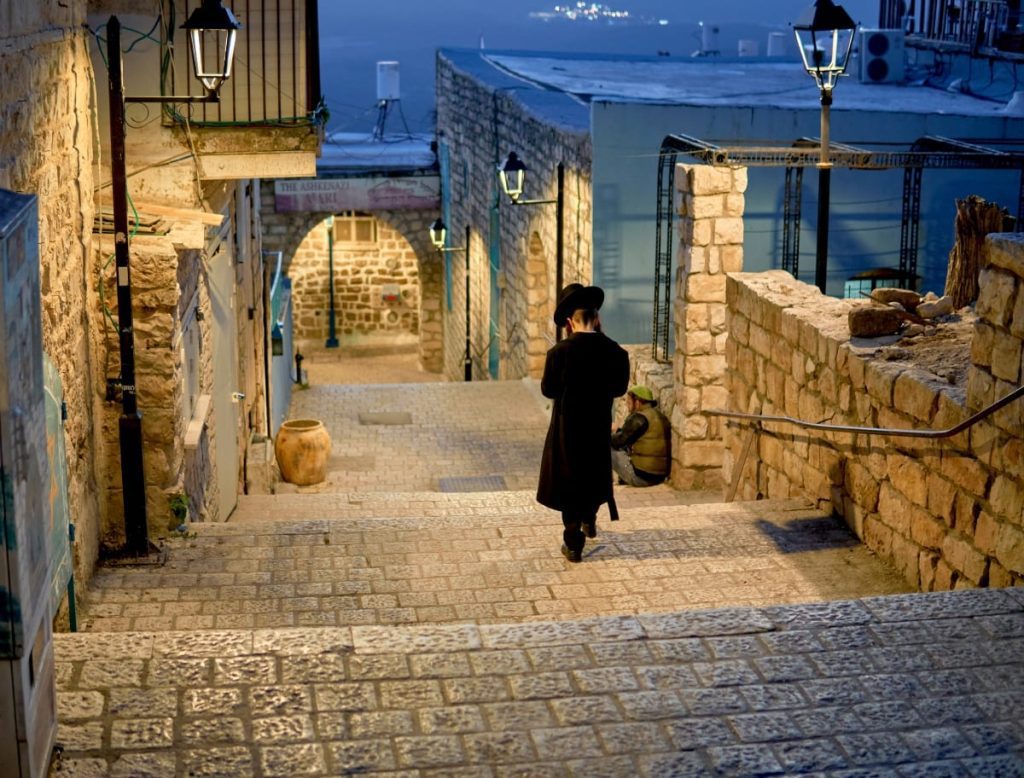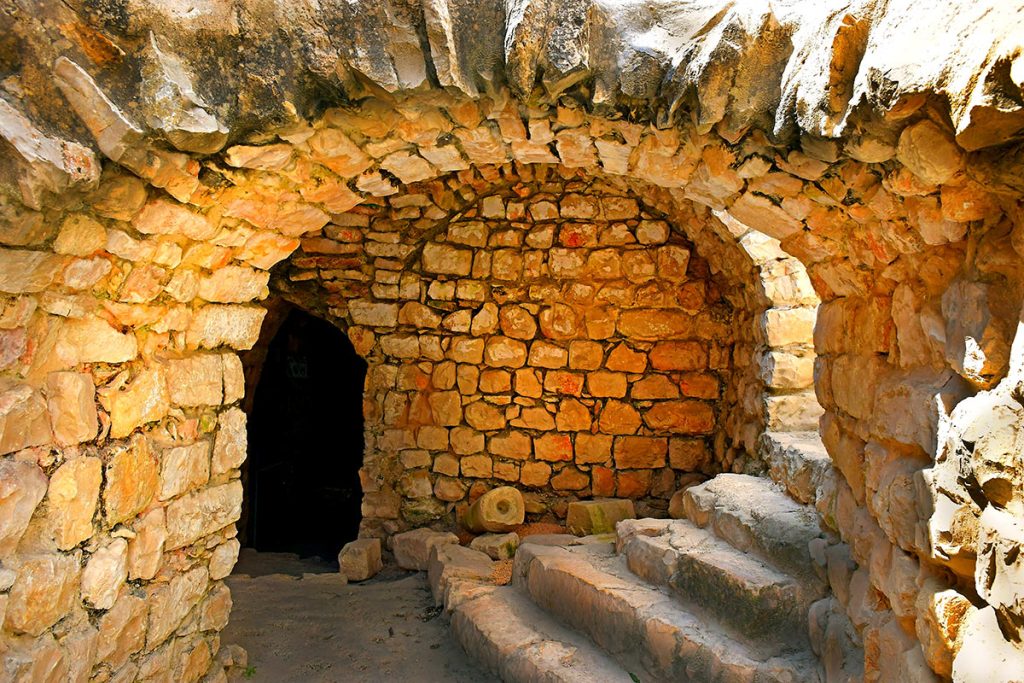This post is my very best guide for Safed. So Safed is one of the “Four Holy Cities” in which most of the members of the Old Settlement were concentrated; from the end of the Middle Ages until the end of the 19th century. The first thing you should do is checking out the fortress of Safed. It is an ancient fortress, located on a towering hill in the center of Safed. Furthermore, the site contains the remains of a settlement from the Canaanite period; and apparently, a fortress was built there in the last period of the Second Temple. But most of the remains that remain on the site are from the Crusader; Mamluk and Ottoman periods. The fortress was badly damaged by the strong earthquake that struck Safed in 1837.
Very Best Guide for Safed: A Little Bit of History
Josephus Flavius in his Book ‘The War of the Jews Against the Romans’. He describes the preparations he made as commander of the Galilee for the Great Revolt. Josephus expected that the Roman army that came to defeat the revolt that broke out in the Land of Israel would come from Syria and initially try to conquer the Galilee. So he decides to fortify the following places in the Upper Galilee. Safed is mentioned as well. The reason for the fortification of Safed is its elevated strategic location; it controls the surrounding mountain passes.
Very Best Guide for Safed: The Golden Era of Safed
In the 16th century in many ways, Safed entered a golden era. Under the rule of the Ottoman Empire, the city developed a thriving community and economic life and stood out in creating a unique Kabbalistic spiritual life, which significantly influenced Jewish Kabbalah. At the beginning of the seventeenth century, Safed began to decline due to economic circumstances, in parallel with the beginning of the decline of the Ottoman Empire.
The prosperity of the city is related to the immigration of many Jews deported from Spain, Portugal, and Sicily to Safed. Some were Anusim who wanted to return to Judaism. However, many Non-Anusim Jews also came. In Safed, the situation between Jews and Muslims, and the Turkish authorities was better than in Jerusalem.
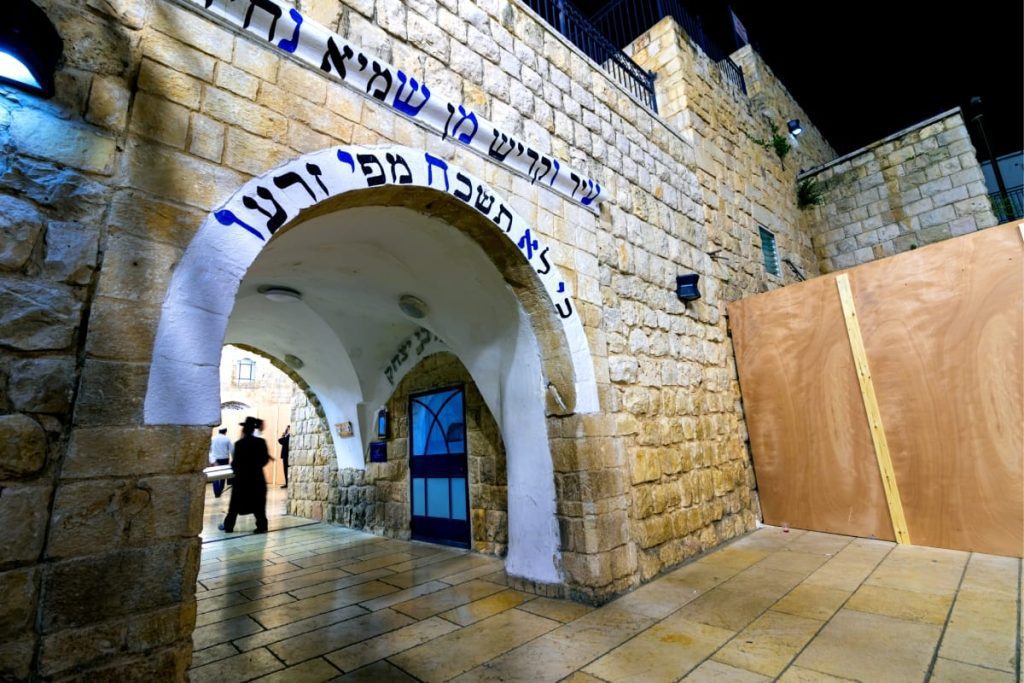
TOMB OF RABBI SHIMON BAR YOCHAI
Safed was also considered sacred due to its proximity to the tomb of Rabbi Shimon Bar Yochai (considered by Spanish Kabbalists to be the author of the Book of Zohar) and is also conveniently located for trade and cultural ties with the communities of Damascus, Aleppo, and the Mediterranean cities.
Very Best Guide for Safed: More About Safed in the 16th Century
In the 16th century, the greatest Kabbalists lived and worked in Safed. For example, Rabbi Moses Ben Jacob Cordovero, Isaac Luria and his disciple Rabbi Hayyim Ben Yosef Vital; Rabbi Yosef Caro, author of the ‘Shulchan Aruch’. Also, the poets like Rabbi Israel Ben Moses Najara and Rabbi Shlomo Halevi Alkabetz, and other famous rabbis. Of that generation, Rabbi Jacob Berab; who tried to renew the ordination and establish the Sanhedrin. At that time there were eighteen yeshivas; twenty-one synagogues; and a large school for the children of the poor. Jews called Safed then Beit El (in English it means the house of the Lord). And Safed was The Four Holy Cities (the other three are Jerusalem, Tiberias, and Hebron).
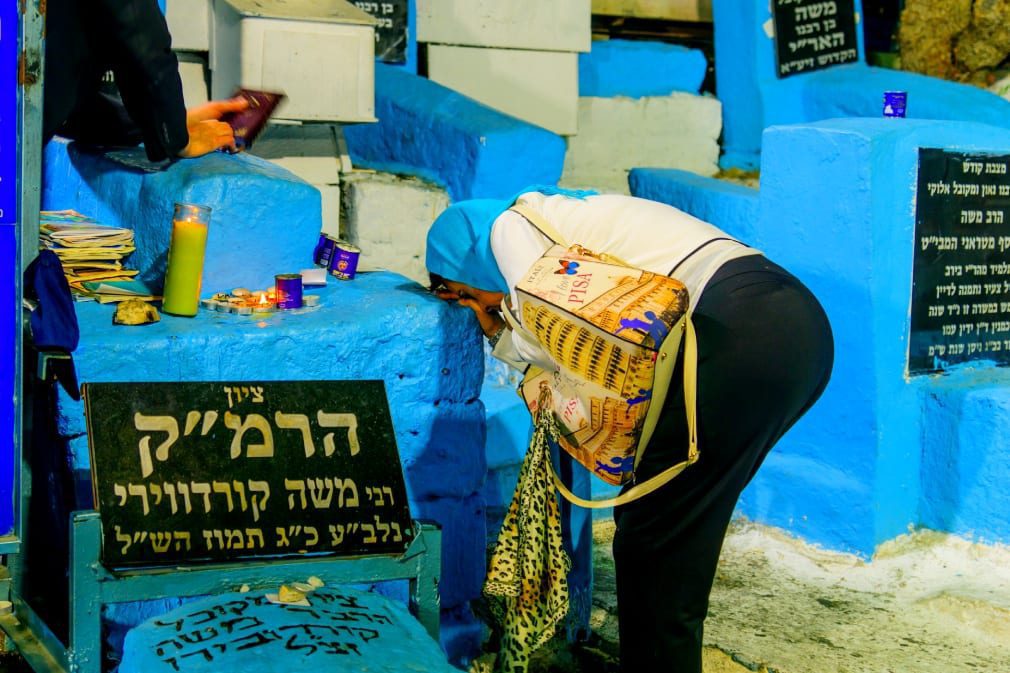
THE TOMB OF RABBI MOSES BEN JACOB CORDOVERO
The economic situation of the city was satisfying. The immigrants from Spain brought with them the wool industry; a material whose processing required a lot of water resources; and for this purpose; they built various facilities such as the press and others. The city had 3,000 weaving looms and its products competed with the Venice textile industry. Even some of the sages were engaged in the wool industry. Its inhabitants also traded in honey, silk, and spices. In 1576, the first printing house in the Middle East was established in Safed. For ten years he printed five books
Very Best Guide for Safed: The Decline of the Jewish Community
In the 17th century, a decline in the economic status of the city was felt. The cheap fabrics from England pushed its fabrics and the wool industry collapsed. The plague of locusts and plagues landed in the city. The famous sages also passed away, and the others moved to Jerusalem and other cities. A particularly severe plague struck Safed in 1747. In 1759 there was an earthquake, in which about 300 people were killed.
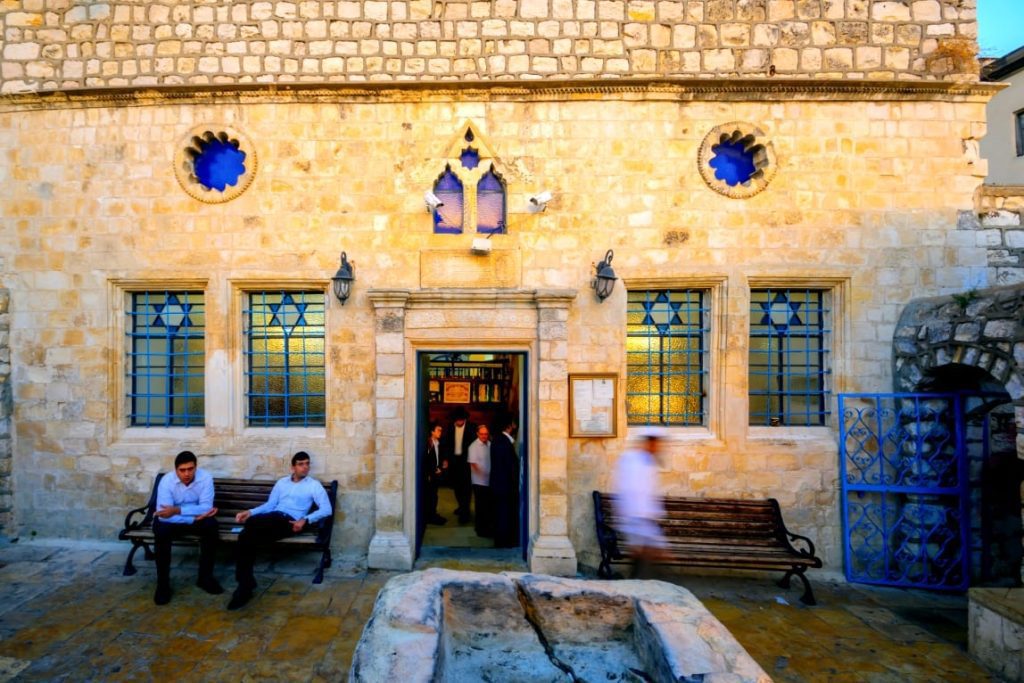
ARI ASHKENAZI SYNAGOGUE
A recovery in Jewish settlement occurred in 1778 when a convoy of 300 Hasidim arrived in Israel; most of whom settled in Safed (aliyah of Baal Shem Tov students). This period can be defined as the beginning of the Ashkenazi “old settlement” in Safed. In 1799; immediately after the withdrawal of Napoleon Bonaparte’s army from Israel, the Jewish Quarter was destroyed by local Arab rioters and many of the city’s Jews were massacred.
Very Best Guide for Safed: Things to See in Safed – Abuhav Synagogue
The Abuhav Synagogue is a 15th-century synagogue in Safed, Israel, named after 15th-century Spanish Rabbi and kabbalist, Isaac Abuhav. Its design is said to be based upon kabbalistic teachings. According to tradition, Rabbi Abuhav designed the synagogue and his disciples erected the building in Safed when they arrived in the 1490s after the expulsion from Spain. Another legend claims that the synagogue was transported miraculously from Spain to Safed. The synagogue was almost completely destroyed in the 1837 earthquake, only the southern wall containing the arks remained standing and exists today as a remnant of the original building.
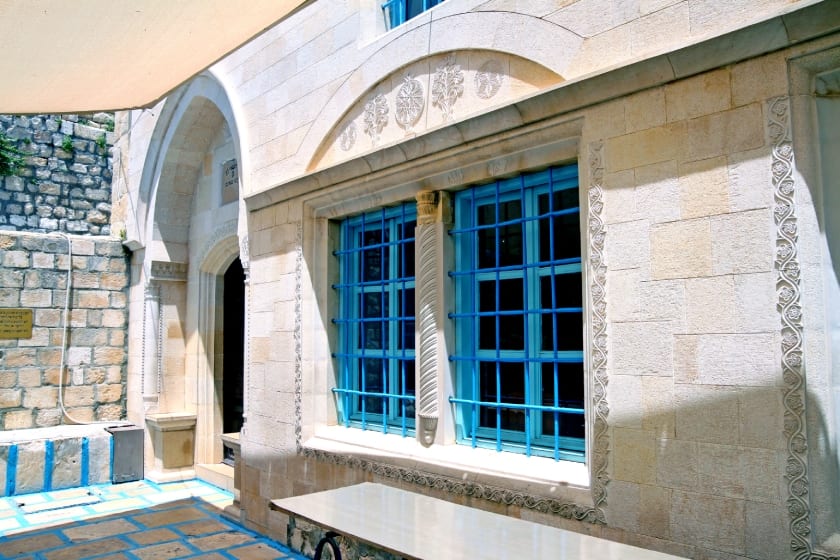
ABUHAV SYNAGOGUE
The bimah has six steps representing the six working days of the week; the top level is seventh, representing the Shabbat. The Holy Ark has three sections and contain Torah scrolls traditionally written by Abuhav himself and Solomon Ohana of Fes, Morocco.
Things to See in Safed – The Ashkenazi Ari Synagogue
The Ashkenazi Ari Synagogue, located in Safed, Israel, was built in memory of Rabbi Isaac Luria, who was known by the Hebrew acronym “the ARI”. It dates from the late 16th-century; it being constructed several years after the death of Luria, a great kabbalist who arrived in Safed in 1570.
The synagogue is known for its colorful and ornate Holy Ark. It may be the oldest synagogue in Israel that is still in use. Though the synagogue is associated by name with the Ashkenazi community; today it serves as a place of worship for Hasidic and Sephardic Jews and remains popular among worshippers of different affiliations. Another ancient Safed synagogue dedicated to Rabbi Isaac Luria is known as the Sephardic Ari Synagogue.
